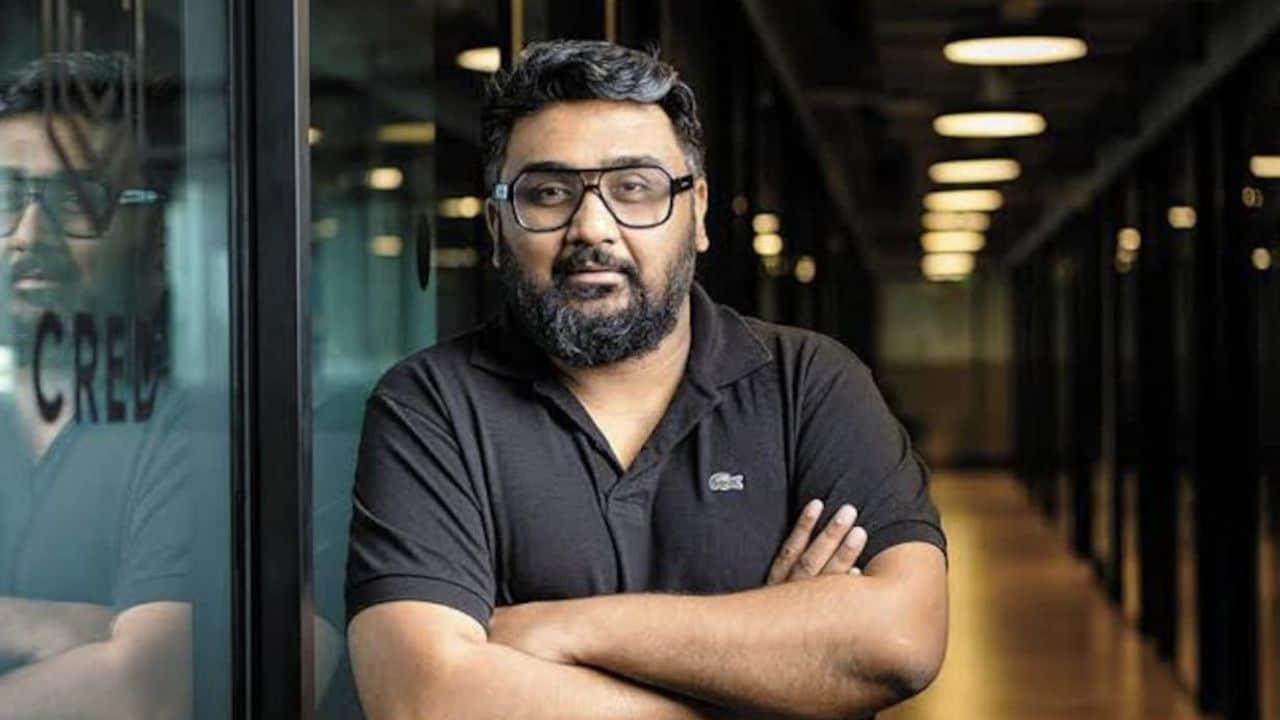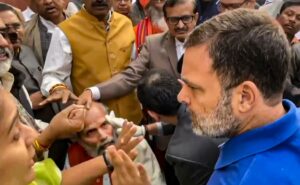

While a larger portion of the population faces economic constraints, this affluent segment is defying the trend and helping sustain the vibrancy of the economy.
Speaking to CNBC-TV18, Shah explained that while the overall consumer market is experiencing a deceleration, the spending patterns of India’s top 30 million consumers remain robust. These individuals are not only increasing their expenditure but also showing growth in several sectors, including travel, dining, and e-commerce.
Shah pointed out that brands catering to this upper-middle-class and affluent group continue to post growth, diverging from the mass-market players who are feeling the pinch.
Shah highlighted that the top 30 million consumers are spending across various categories, driven by higher earnings and increased productivity.
“These consumers are spending more, their earning capacity is increasing, their productivity is going through a change,” Shah stated. He highlighted the impact of technology, particularly artificial intelligence (AI), which is enhancing productivity and income potential for this group.
One of the notable trends Shah observes is the rise in spending on travel and dining. The increased popularity of food delivery services and quick commerce, predominantly driven by this affluent segment, exemplifies how these consumers are reshaping the market.
According to Shah, this group represents a substantial portion of e-commerce activity in India.
“75% of all online consumption is done by just 10 million consumers,” Shah tweeted earlier, underlining how a small percentage of the population dominates online spending.
The resilience of the top 30 million consumers, Shah argues, plays a critical role in job creation and economic opportunities, benefitting the broader population.
As this group’s spending capacity increases, it fosters a thriving market environment that can stimulate other sectors of the economy, creating a ripple effect that sustains growth.
(Edited by : Ajay Vaishnav)



